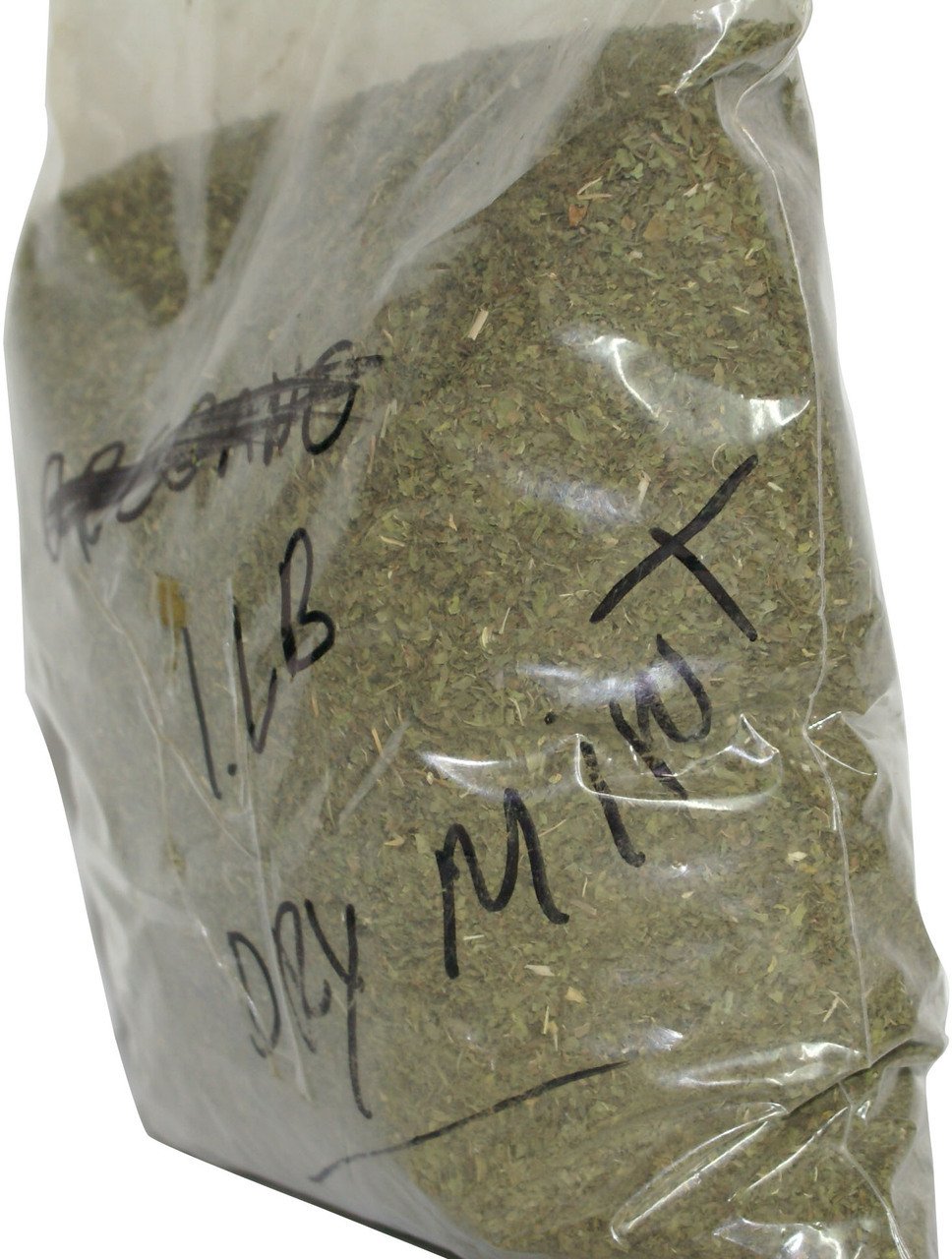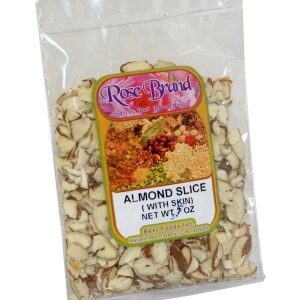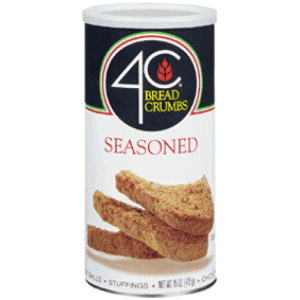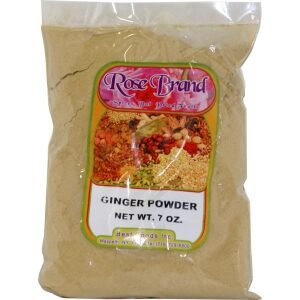Dry Mint Ground 1 LB
Mint, that well known mouth and breathe freshener, scientifically known as Mentha, with over two dozens of species and hundreds of its varieties, is an herb with remarkable medicinal properties. The market is full of products like tooth paste, chewing gums, mouth & breathe fresheners, candies and inhalers etc. which are based on mint. Most of us are familiar with only the refreshing part of it, but it has much more to offer than that. Lets have a look.
Mints are aromatic, almost exclusively perennial, rarely annual, herbs. They have wide-spreading underground rhizomes and erect, branched stems. The mint leaves are arranged in opposite pairs, from simple oblong to lanceolate, often downy, and with a serrated margin. Leaf colors range from dark green and gray-green to purple, blue, and sometimes pale yellow. The mint leaf, fresh or dried, is the culinary source of mint. Fresh mint is usually preferred over dried mint when storage of the mint is not a problem. The leaves have a pleasant warm, fresh, aromatic, sweet flavor with a cool aftertaste. Mint leaves are used in teas, beverages, jellies, syrups, candies, and ice creams. Due to their speedy growth, one plant of each desired mint, along with a little care, will provide more than enough mint for home use. The most common and popular mints for cultivation are peppermint (Mentha × piperita), spearmint (Mentha spicata), and (more recently) apple mint.
Culinary Uses:
The fresh leaves are an ingredient in many South Asian foods (particularly chutneys), in Chinese dishes and in Mexican salsas and guacamole.
Alcoholic drinks sometimes feature mint for flavor or garnish, namely the Mint Julep and the Mojito. Crème de menthe is a mint-flavored liqueur used in drinks such as the grasshopper.
Chopped mint leaves are a garnish on cooked dishes such as dal and curries. As heat diminishes their flavor quickly, mint leaves are often used raw or added to the dish right before serving.
Mint leaves can be chopped and added to salads or washed and eaten plain.
In Indian and Central Asian recipes, mint leaves are used in large amounts to make cool refershing drinks like mintade or jaljeera.
Mint leaves are used in few dishes like mint-coriander chutney, rasam, sambar, meat, fish, poultry items and biryanis.
Health Benefits:
Mint leaves are considered an aid to the digestive system. It is an appetite stimulant and aids in the secretion of gastric juices.
Mint was originally used as a medicinal herb to treat stomach ache and chest pains, and it is commonly used in the form of tea as a home remedy to help alleviate stomach pain.
During the Middle Ages, powdered mint leaves were used to whiten teeth.
Mint tea is a strong diuretic. Mint also aids digestion, in a way that it breaks down the fats. In recent years, it has been often recommended for treating obesity.
Product Weight: 1 LB (453 Grams)
Storage Instructions: Keep in Cool & Dry Place
Package: Packet
RECIPE: Jal Jeera
Prep time 45 minutes
Cook time 1 minute
Serving size 4
4 tbsp. Rani Tamarind Paste
4 cups water
5 tbsp Rani Jaggery, grated
½ tsp. salt
1 tsp Rani Chili Powder
1 tsp Rani Black Salt
2 tsp Rani Cumin Ground
2 tbsp Rani Dry Mint
4 tbsp fresh cilantro leaves chopped
In a pitcher, dilute tamarind pulp in water. Add jaggery, salt, chili, black salt, cumin, and mint. Blend thoroughly. Chill for 45 minutes. Before serving, add cilantro and ice.








